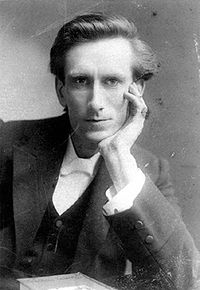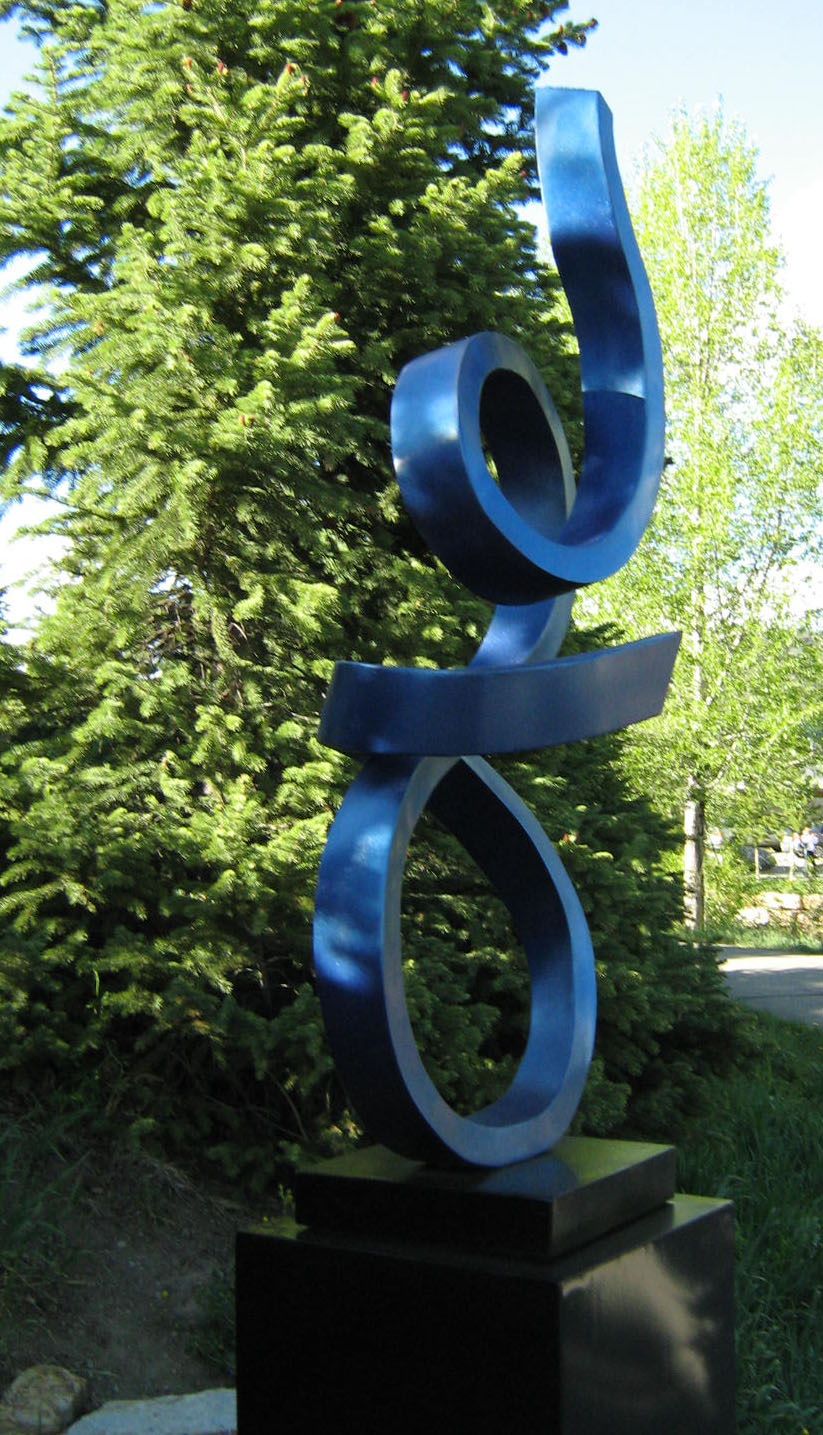And let the loveliness of our Lord, our God, rest on us,
confirming the work that we do.
Oh, yes. Affirm the work that we do!
The most striking revelation of Moses’ prayer is his passionate relationship with our Almighty. It is a deeply personal communion where Moses interacts with God, the creator of the universe and his life. And as the prayer implies, Moses recognizes God’s call to participate as a catalyst.
Moses chose to have God define who he was, recognizing God as the difference-maker for his life. Moses in effect chose to replace the bush, enabling God to blaze His eternal glory through Moses’ life.
Do our definitions of ourselves have anything to do with who God is? Moses’ life in communion with the Father, actively engaging the Almighty for his people and for his own life, provides a template for our relationship with God: we are the candle that burns with the fire of the Almighty. As Eugene Peterson’s translation interprets, Moses calls on the Father to impart His loveliness, His glory, on His people, and to validate the activities—the lives—of His people. This prayer reflects Moses’ understanding of the transformation possible once the children of Israel chose to be the bush to God’s desire, to let the loveliness of our Lord rest on them. And, for the Lord to establish with certainty their work, as well as maintain it to be true.













